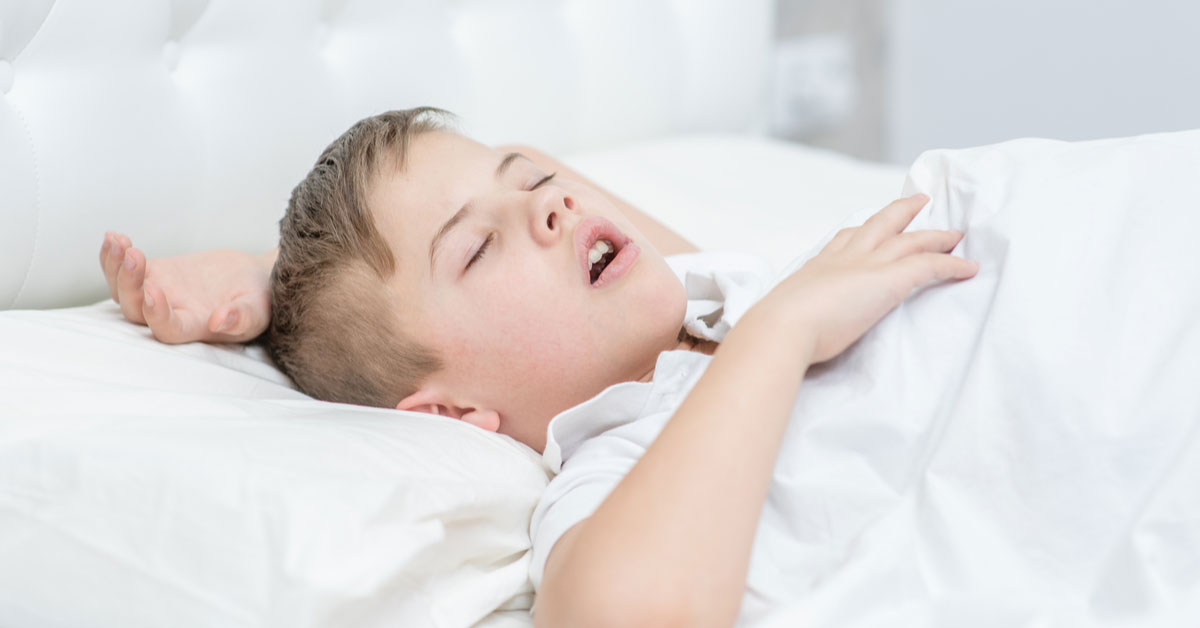
- Home
- About
- Our Team
- Services
- Postoperative Care
- Smile Gallery
- Medical Tourism
- Blog
- Offers
- Contact Us
- Home
- About
- Our Team
- Services
- Postoperative Care
- Smile Gallery
- Medical Tourism
- Blog
- Offers
- Contact Us

The natural position of breathing is through the nose, with the mouth closed. For some children, breathing through the mouth is simply a habit. Their mouth rests in an open position when they are not focused on keeping it closed. For others, the mouth is open and used for breathing. We call this as open mouth breathing. Many children are not aware of their mouth breathing.


Yes, mouth breathing does cause serious issues in children and so it is a real concern.
Some of the health effects are as below:
If the mouth is opened, orthodontic treatment and correction will take longer and It’s more challenging job for an orthodontist. The spaces between the teeth, take longer to close and chances of relapse after the treatment is higher. Braces may be required in future also to repeat a form of treatment due to the relapse.
When children have an open mouth, they are likely to struggle with certain speech sounds. The most commonly associated letter is “s”, which they are unable to sound correct. This is because mouth breathing usually is associated with a tongue thrust swallowing pattern, where the tongue thrust forward during speaking and swallowing.
Growth is a very powerful force. A child with mouth breathing is very likely to grow with different facial features, with a flat face, drooping eyes, narrow palate, lower facial tone and a small lower jaw. By correcting mouth breathing pattern, the growth of the child can be channelized correctly.
When children breathe through their mouths all day, it’s very likely they breathe the same pattern at nights as well. Mouth breathing with an obstructed airway is the main cause of sleepless nights as there are altered levels of oxygen and carbon dioxide circulating in the blood. When less oxygen is delivered to the brain, the child is unable to focus on studies at schools, with tiredness and brain fogging happening at times.

When children are referred to the dentist for such consultations, it’s ideally best to rule out other associated problems with ear, nose, throat and speech therapist, and a general podiatrist to screen the patient. Mouth breathing pattern, a tongue tie or thumb sucking habit has to be ruled out in all cases before starting any orthodontic treatment.